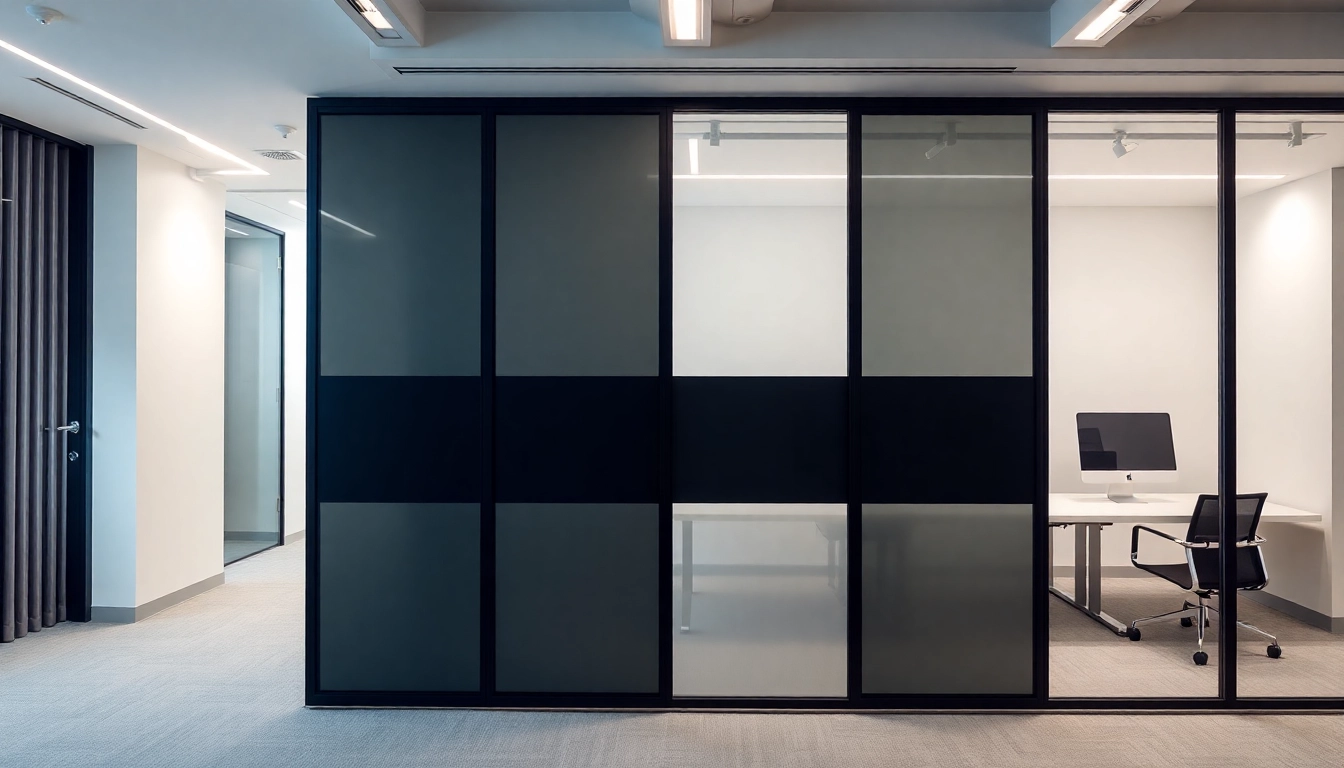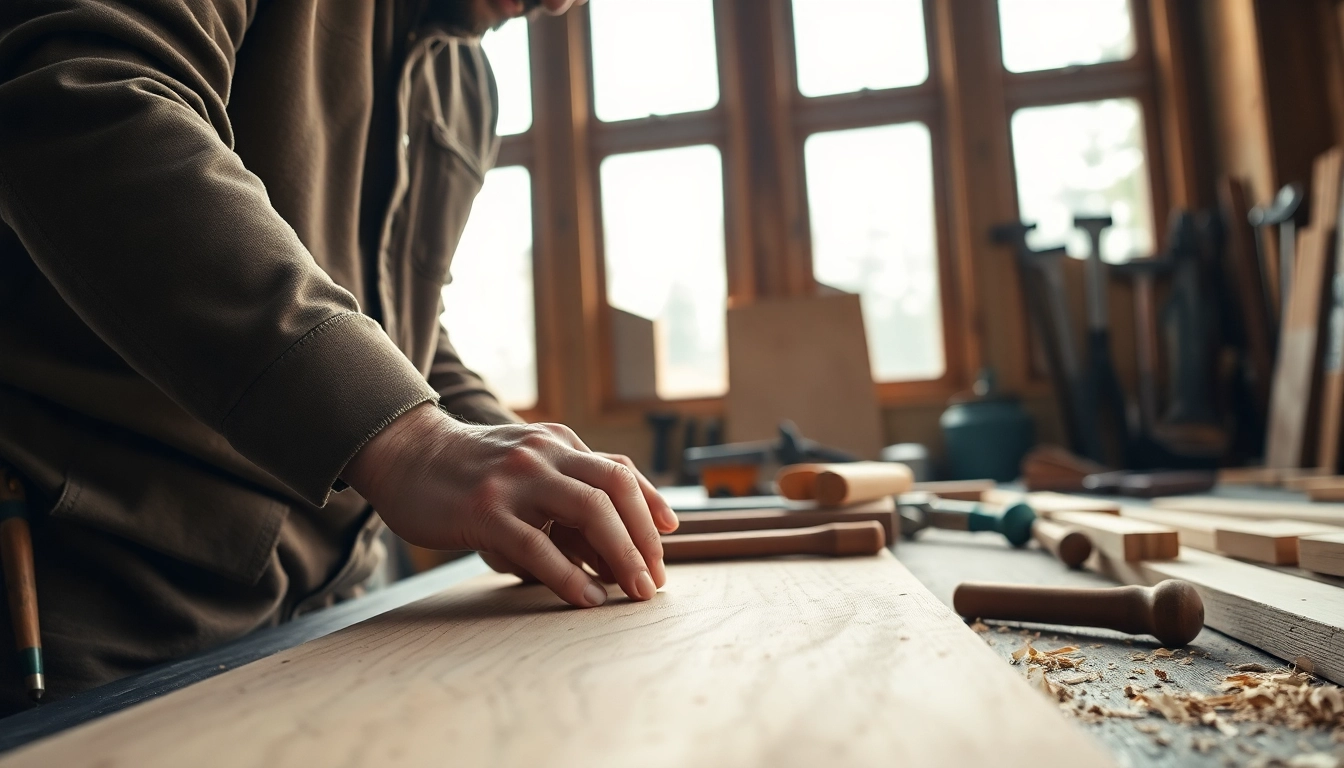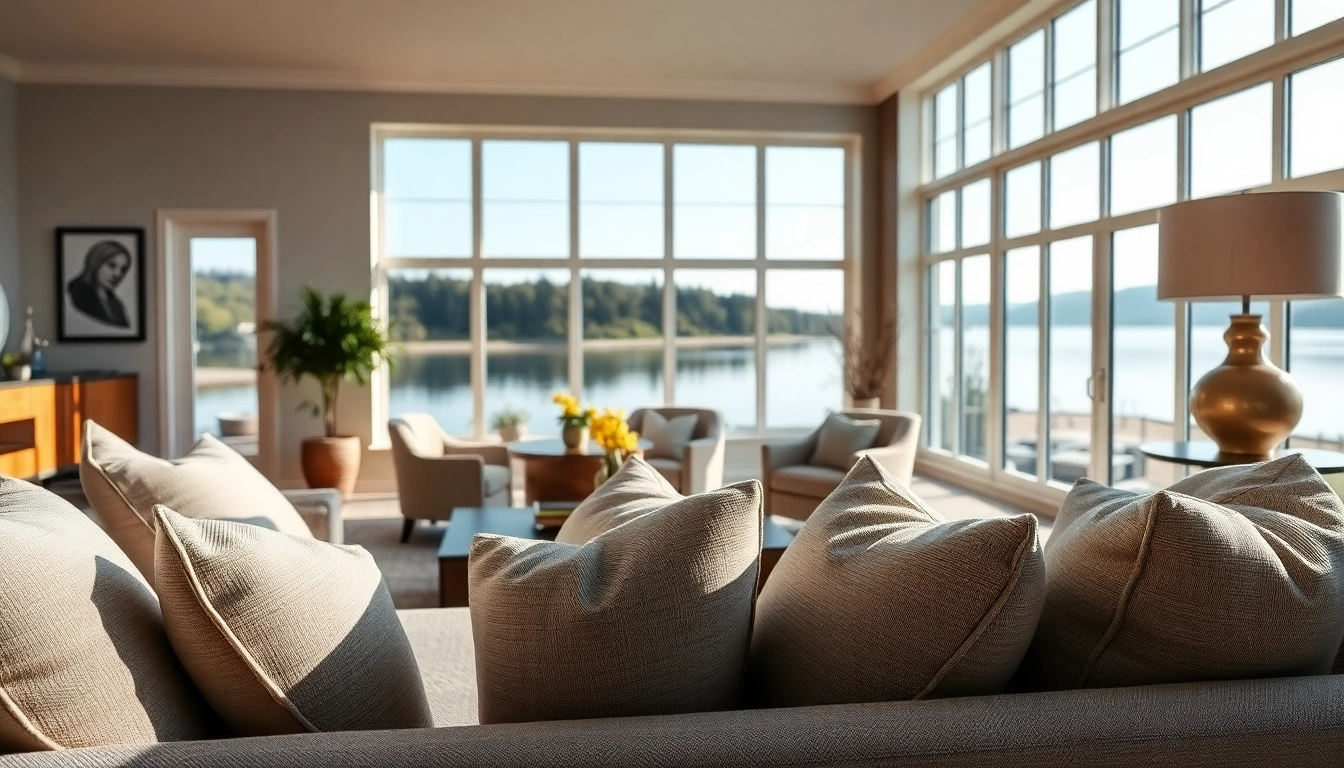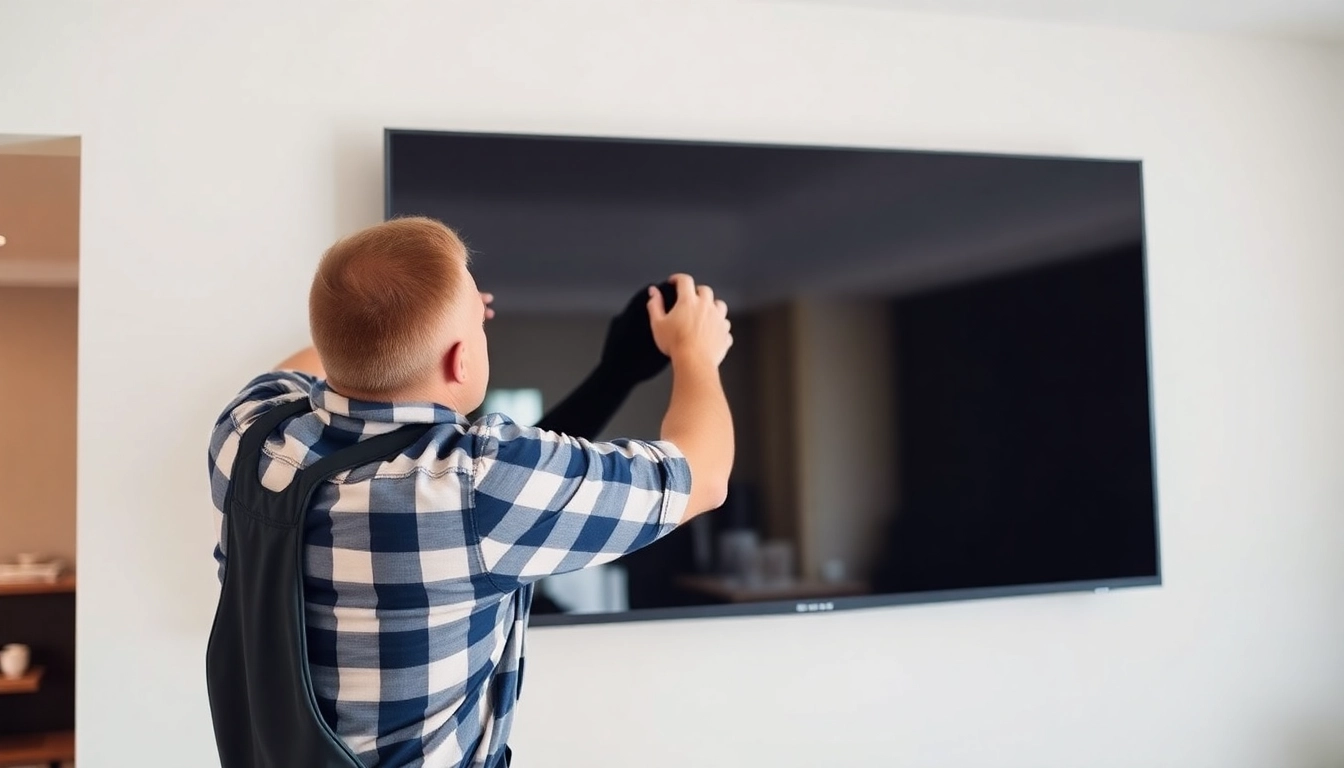1. Introduction to Folding Partition Walls
A. What Are Folding Partition Walls?
Folding partition walls, often referred to as movable or operable walls, are innovative space management solutions designed to effortlessly divide or open up areas in buildings. These walls are hinged, allowing them to fold and stack to create flexible spaces that can adapt to varying needs. Ideal for environments where space utilization must be optimized, these partitions can transform a large hall into multiple conference rooms, or a home into various functional areas, all while maintaining aesthetic appeal.
B. Key Benefits of Folding Partition Walls
The advantages of using a Folding Partition Wall are numerous. First, they provide exceptional flexibility, allowing users to configure spaces according to specific functions and numbers of people involved. Second, they enhance acoustics, especially in professional settings, by minimizing noise transfer. Also, these partitions are often designed with an emphasis on aesthetic versatility, enabling them to seamlessly blend with various interior designs.
C. Applications in Various Environments
Folding partition walls are widely used in diverse environments such as offices, schools, hotels, and even homes. In corporate settings, they facilitate quick reconfiguration of meeting spaces, providing privacy when needed. In educational institutions, these walls can transform classrooms into larger group project spaces. Hotels leverage them to maximize event rooms, allowing for small gatherings or grand celebrations. Additionally, homeowners utilize folding partitions to create distinct areas within open floor plans, enhancing functionality while preserving openness.
2. Types of Folding Partition Walls
A. Acoustic vs. Non-Acoustic Options
Folding partition walls come in both acoustic and non-acoustic varieties. Acoustic partition walls are specifically designed with soundproofing materials, making them ideal for environments requiring noise control, such as conference rooms and classrooms. These walls typically feature thicker panels and specialized sealing systems to prevent sound transfer. On the other hand, non-acoustic options are suitable for areas where such considerations are less critical, offering the benefit of lighter weight and potentially lower costs.
B. Materials Used for Durability
The materials used in constructing folding partition walls affect their durability and performance. Common materials include aluminum, which provides lightweight durability; wood, offering a classic aesthetic; and glass, delivering a modern and airy feel. Additionally, high-pressure laminate (HPL) and fabric faces can be added for enhanced design options and to meet specific functional needs like ease of maintenance and cleaning.
C. Customization Features Available
One significant advantage of folding partition walls is their customization capabilities. Users can choose specific colors, finishes, and sizes to perfectly align the partition with their existing decor and spatial requirements. Some manufacturers offer additional features such as integrated doors for convenient access or locking systems for added security. This level of personalization allows these partitions to serve unique roles in diverse settings without compromising on functionality.
3. Installation Considerations
A. Professional Installation vs. DIY
When considering the installation of folding partition walls, one must weigh the benefits of professional installation against DIY efforts. Professional installers bring expertise that ensures proper fitting and functionality, particularly for complex systems. They understand local building codes and safety regulations, which is crucial for compliance. Conversely, DIY installation can save costs; however, it requires a good understanding of the installation process and safety precautions. Improper installation can lead to functionality issues, thus requiring a balance of skill and confidence when opting for this route.
B. Space Planning and Measurement Tips
Proper space planning is critical for the successful installation of folding partition walls. It involves precise measurement of the area where the partition will be installed, including ceiling height and floor conditions. Before installation, it is advisable to mark potential locations for tracking systems. Users should also consider the frequency of use and the desired level of privacy. A well-planned layout contributes to better overall functionality and aesthetic appeal of the environment.
C. Budgeting for Your Folding Partition Wall
Budgeting for folding partition walls involves considering various factors, including the type of materials, installation costs, and any additional customization features. Quality products may come at a higher initial cost, but they often provide better durability and functionality, resulting in long-term savings. Furthermore, when budgeting, it’s essential to factor in future maintenance costs and potential equipment upgrades that could arise as needs evolve.
4. Maintaining Your Folding Partition Wall
A. Regular Maintenance Practices
To ensure folding partition walls remain effective over time, regular maintenance is essential. This involves routine inspections to check for any signs of wear or malfunction, such as misalignment or difficulty folding and unfolding. Cleaning surfaces regularly to prevent dust and dirt accumulation—especially on fabric or glass panels—prolongs the aesthetics and functionality of the partition. Lubricating hinges and tracks periodically can enhance ease of operation and reduce wear and tear.
B. Troubleshooting Common Issues
Despite regular maintenance, issues can occasionally arise with folding partition walls. Common problems include sticking panels, noises during operation, or uneven alignment. To troubleshoot, one can check for obstructions in the track or misalignment, which may require adjustment. If panels do not fold properly, it might also indicate that the track needs cleaning or lubrication. If problems persist, consulting with a professional may be necessary to avoid further damage.
C. When to Seek Professional Help
While regular maintenance can often be managed independently, certain scenarios call for professional assistance. If there are significant operational issues, or if repairs necessitate deeper structural modifications, hiring an expert is advisable. Additionally, if damage occurs due to heavy use or an accident, professionals can ensure that repairs restore the wall’s original functionality and safety standards.
5. Future Trends in Folding Partition Walls
A. Innovations in Design and Functionality
The future of folding partition walls is geared towards enhanced design and functionality. Emerging trends include the integration of smart technology that allows automated operation through mobile apps or voice commands. Innovations in materials are also trending, with a shift towards lightweight yet robust options that can be easily manipulated while providing superior sound attenuation.
B. Sustainability in Materials and Construction
With increasing environmental awareness, the industry is seeing a rise in sustainable practices. Manufacturers are sourcing eco-friendly materials and employing construction techniques that minimize waste. Recyclable and renewable materials are becoming standard, as consumers are more inclined toward solutions that align with their sustainability values.
C. Market Demand and Consumer Preferences
The demand for flexible space solutions is growing, particularly in urban areas where square footage is at a premium. Consumers are increasingly seeking products that allow for versatility without sacrificing design. As lifestyles evolve, driven by remote work and changing social dynamics, folding partition walls are becoming pivotal in creating adaptable environments to suit diverse needs.



